The 52 New Foods Challenge Food of the Week: Avocado
I think we all love Avocado. Obviously there is guacamole- my favorite! But for a quick and easy option, I also like to have a half or whole avocado sprinkled with sea salt and lemon and maybe hot sauce. What I’ve been really digging lately is: guacamole deviled eggs! Jennifer Tyler Lee has a recipe for avocado chocolate pudding – I do want to try this too! I tried avocado ice cream and I wasn’t a big fan. What are you favorite ways to use avocado?
Food Facts:
- Good source of vitamin E, folate, potassium, and magnesium
- Very good source of soluble fiber
- High in healthy monounsaturated fats
- Haas avocados have 2-4 times more antioxidants than other varieties sold in stores
- Unripe avocados will ripen quickly in a brown paper bag
- They will also ripen on your countertops – but they stop ripening once in your fridge – so they can be kept in the fridge until ready to be eaten (usually for several days)
- “One serving gives you more antioxidants than a serving of broccoli raab, grapes, red bell peppers, or red cabbage” (Robinson, 2013, p. 206)
From Eating on the Wild Side: The Missing Link to Optimum Health
by Jo Robinson, The 52 New Foods Challenge: A Family Cooking Adventure for Each Week of the Year, with 150 Recipes by Jennifer Tyler Lee, and Superfoods: The Healthiest Foods on the Planetby Tonia Reinhard
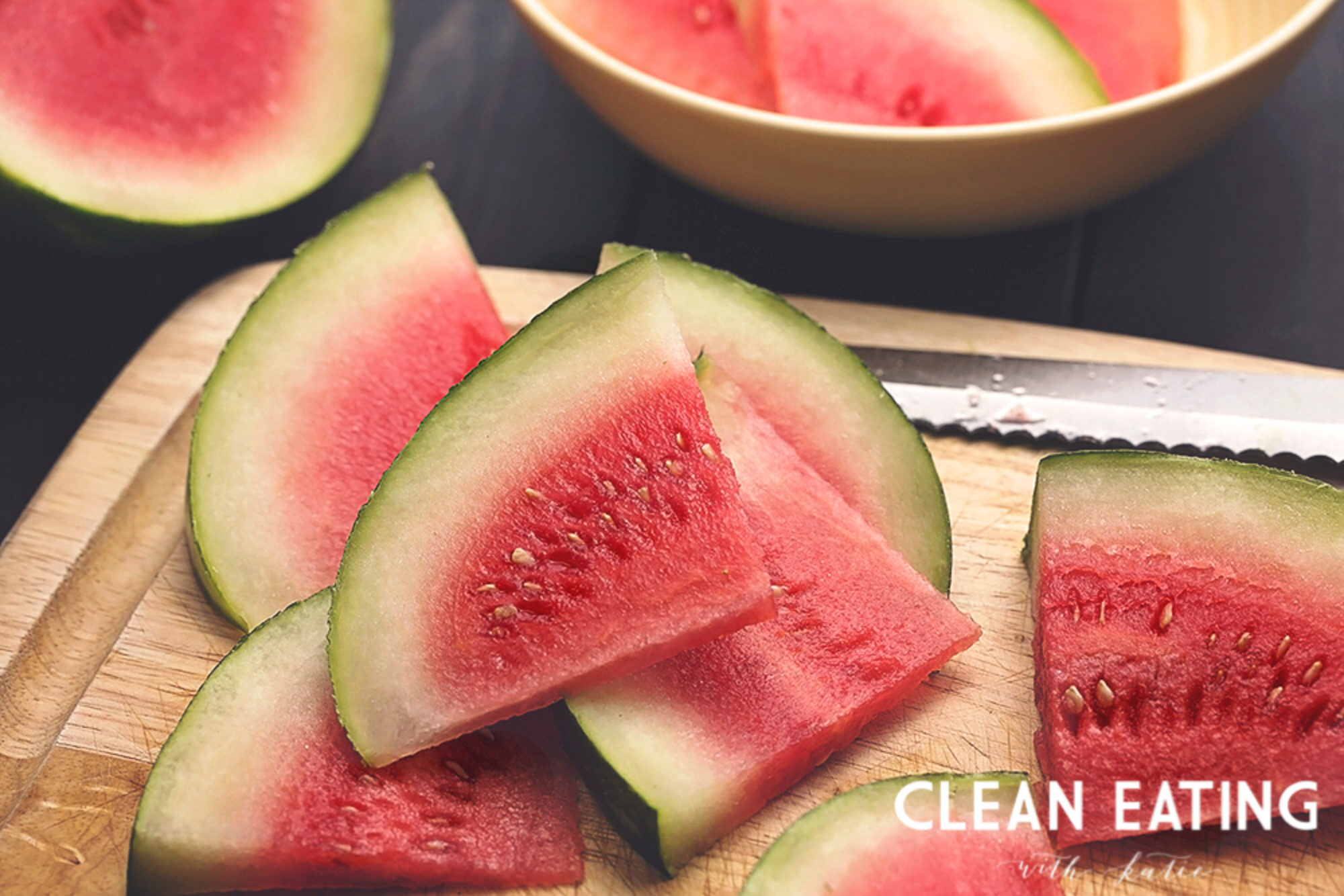

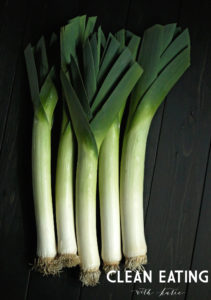
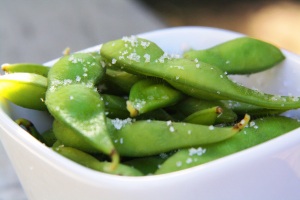
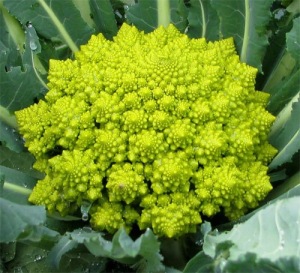
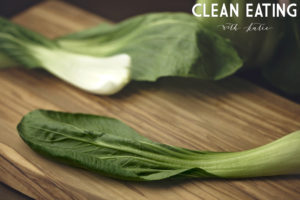

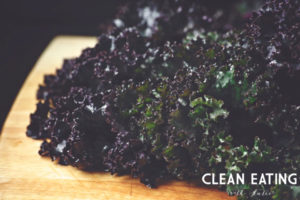
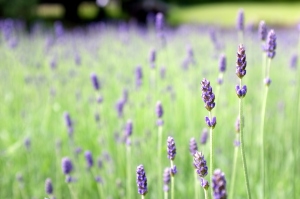
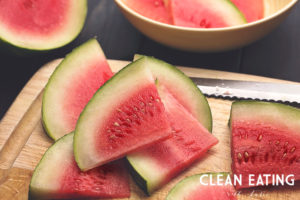 It also contains other antioxidants including beta-carotene, beta-cryptoxanthin, and phenols
It also contains other antioxidants including beta-carotene, beta-cryptoxanthin, and phenols